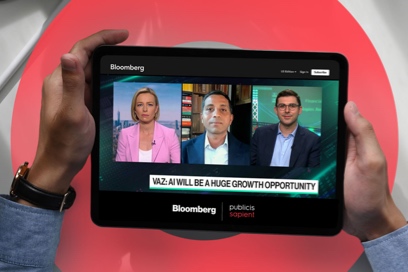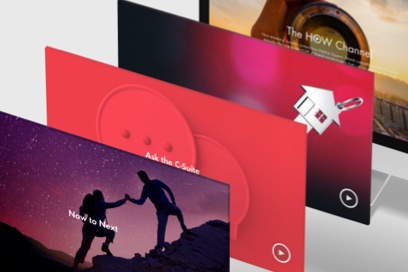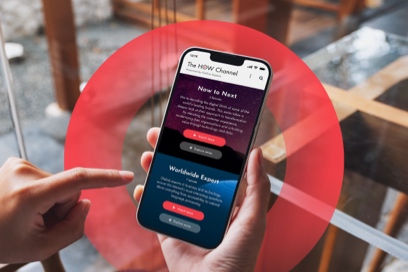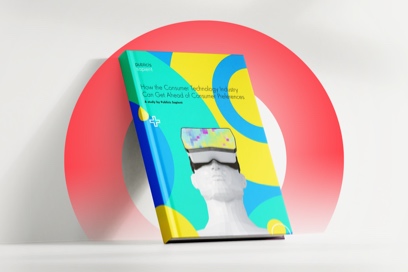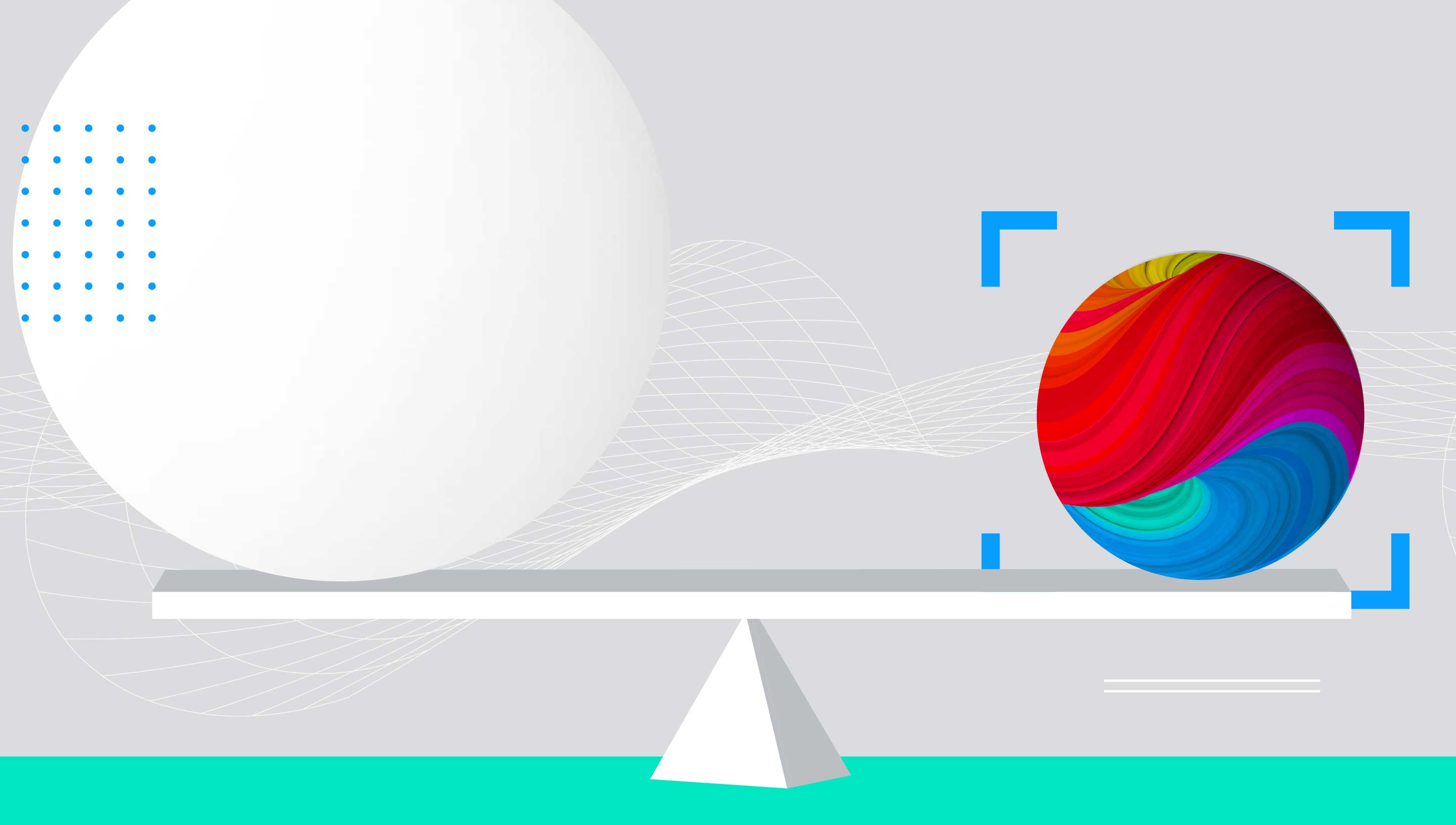Established businesses face two major threats in our digital world: shifting customer expectations that demand real-time, digital-first, personalized services; and competition from smaller, nimbler, digitally native rivals that can innovate and bring products to market much faster.
To mitigate these threats, established businesses have the benefits of scale (money, resources, millions of customer relationships), but also several disadvantages (an often bureaucratic, risk-averse culture that finds it hard to move quickly and fears making mistakes). But in today’s environment, they cannot afford to wait until an innovation is perfect: they must go from idea to production, from concept to customer, as fast as possible by continually releasing, testing, learning and improving. In short, they must adopt an engineering mindset.
Established organizations who adopt the principles and practices of digital natives may beat these companies at their own game. Our work with a major European banking group demonstrates how big organizations can take advantage of the benefits of their size and overcome their disadvantages by learning to think and act differently.
